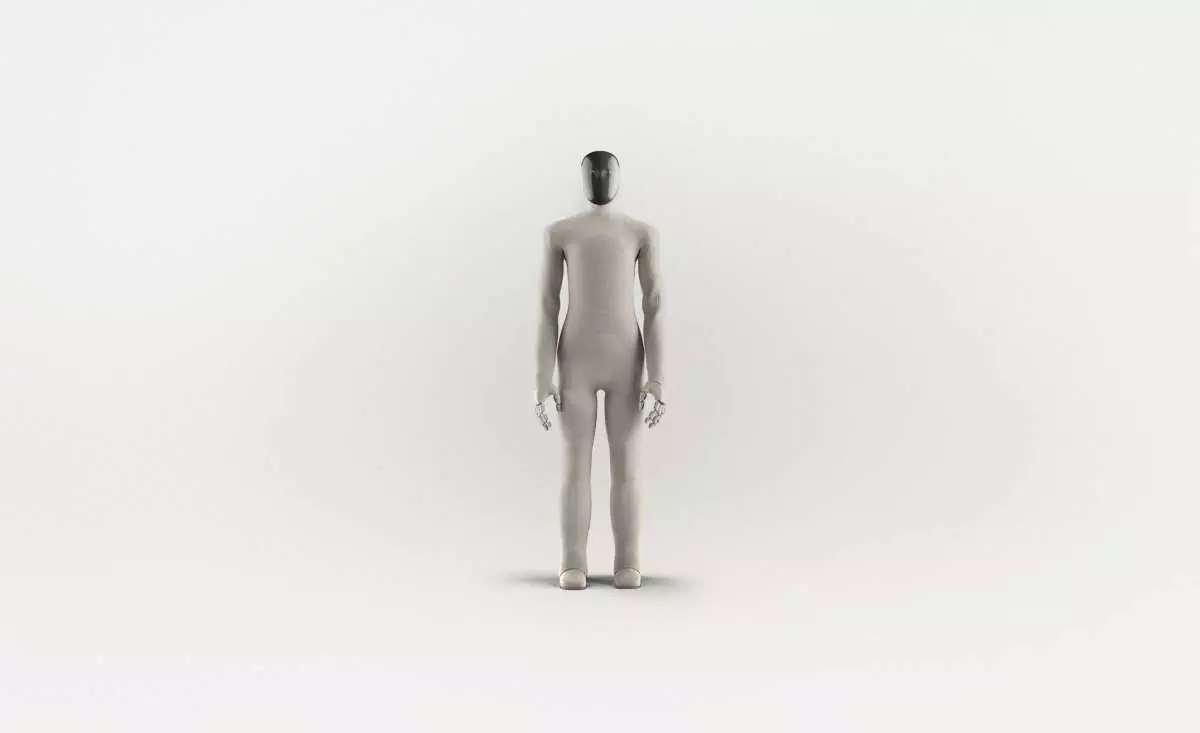In an exciting development for the world of consumer robotics, the Norwegian firm 1X has unveiled its newest humanoid robot, Neo Gamma. This innovative machine is poised to succeed its predecessor, Neo Beta, which hit the market just last August. Unlike the more rigidly constructed versions, Neo Gamma reflects a softer, more approachable design ethos, marking a crucial step in human-robot interaction. With its significantly capable prototype slated for home testing, it sparks interest not only for its functionality but for the implications it brings to the rapidly evolving landscape of household automation.
The Neo Gamma is designed to tackle a variety of household tasks, showcasing its versatility in a way that resonates with the everyday needs of homeowners. According to 1X, the machine can perform essential chores like making coffee, doing laundry, and vacuuming. Such capabilities aren’t simply impressive on paper; they highlight the potential of robots to become valuable companions in our homes. While the robot is still in a testing phase, the imagery shared by the company effectively illustrates a future where robotic assistants make our day-to-day lives easier and more efficient.
Yet, despite this promising functionality, the road to commercial availability appears lengthy. 1X emphasizes that while the Neo Gamma is undergoing limited testing in real homes, there are significant hurdles to overcome prior to any widespread adoption.
Navigating the domestic robotics market has proven to be an uphill battle for many companies. The allure of robots performing household chores has been enticing, yet market penetration has remained elusive. Apart from robotic vacuums from players like iRobot, few robots have successfully captured consumer attention. The critical issues lie in ensuring reliability, affordability, and safety, especially for future recipients like aging adults who could heavily benefit from such technologies. Unlike industrial robots designed for controlled environments, home robots must seamlessly navigate unpredictable scenarios involving people and objects.
A notable feature of the Neo Gamma is its construction, incorporating a softer outer shell made from knitted nylon. This design choice is crafted with user safety in mind, reducing the chances of injury during human-robot interactions, which could be a dealbreaker for many potential users.
Safety remains a paramount concern as 1X pushes forward with their home-first approach. The Neo Gamma is equipped with advanced artificial intelligence systems designed to be acutely aware of its surroundings. These AI capabilities will play a significant role in preventing accidents and ensuring the safety of both people and property—critical issues when integrating robotics into everyday life. The ability of users to control the robot, even in emergency situations, reflects a crucial aspect of robotic design that prioritizes human oversight over complete autonomy.
1X’s inclination toward creating a more approachable humanoid distinguishes it from competitors like Boston Dynamics and Agility. Each of these companies has primarily focused on industrial settings for robotic deployment, yet 1X is set to stand out with its focus on making robots fit for the home.
The Role of AI in Humanoid Development
The collaboration with industry giants like OpenAI has thrust 1X into the spotlight, contributing to a vision of embodied intelligence that merges artificial intelligence with physical robots. The goal is not just to automate tasks but to enhance communication between humans and robots through natural language interactions. The advancements in speech and body language capabilities serve as a reminder of the potential for humanoids to become integral participants in daily life.
However, the exact number of Neo Gammas that will be produced as part of this beta test phase remains undisclosed. As product videos illustrate the capabilities of this robot, they serve as a reminder of both what is possible and what remains aspirational for the robotics industry.
The journey toward integrating humanoid robots into our homes is still fraught with challenges, but 1X’s Neo Gamma symbolizes a pivotal step forward. As testing progresses, the focus on safety, functionality, and user-friendly design will play critical roles in determining the success of home robotics in the consumer market. Though the promise of domestic robots has yet to be fully realized, innovations like the Neo Gamma could reshape societal expectations and redefine our relationships with technology in the home. While there is still much to be done before we see these robots on shelves, the excitement they generate points to a dynamic future in domestic automation.

